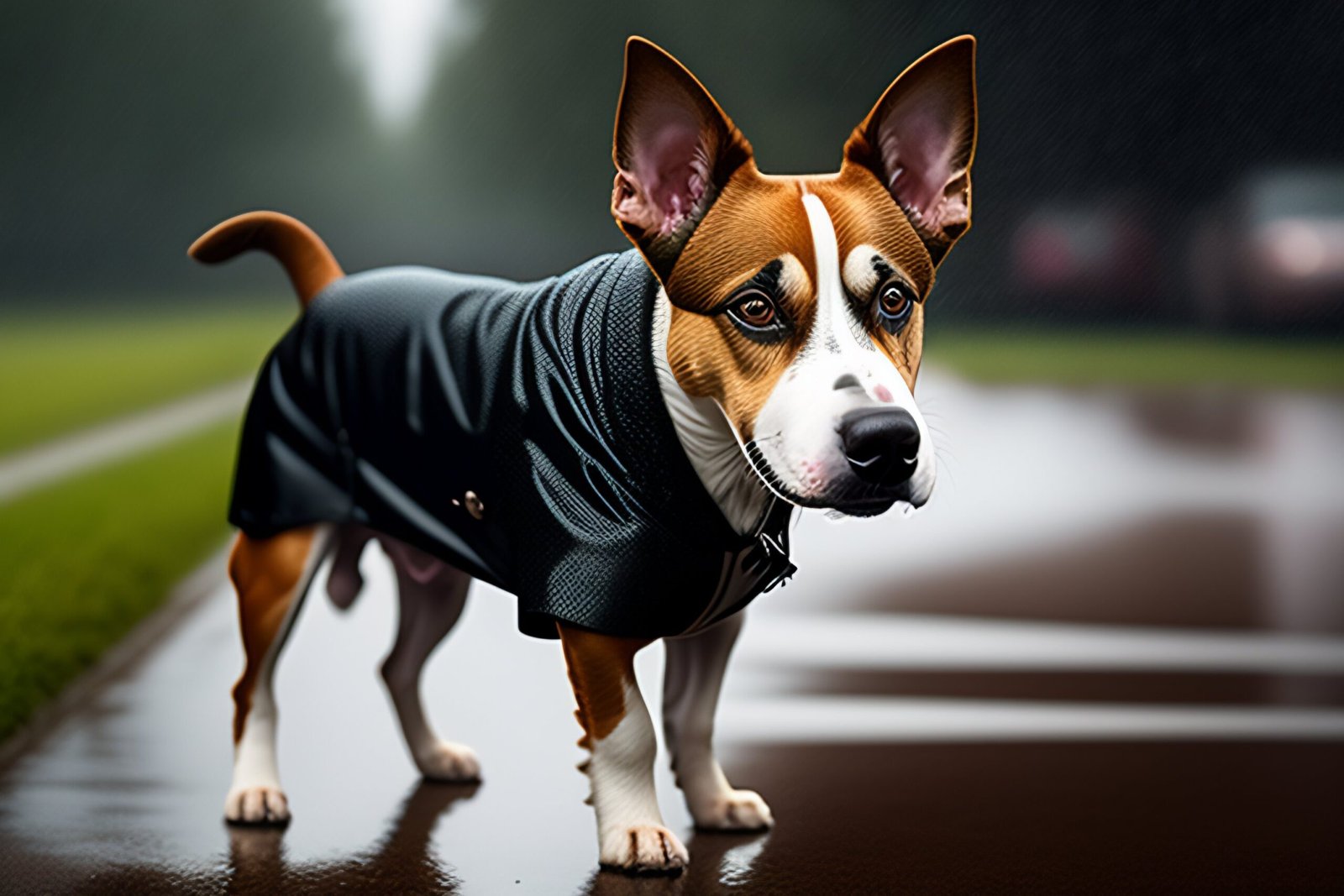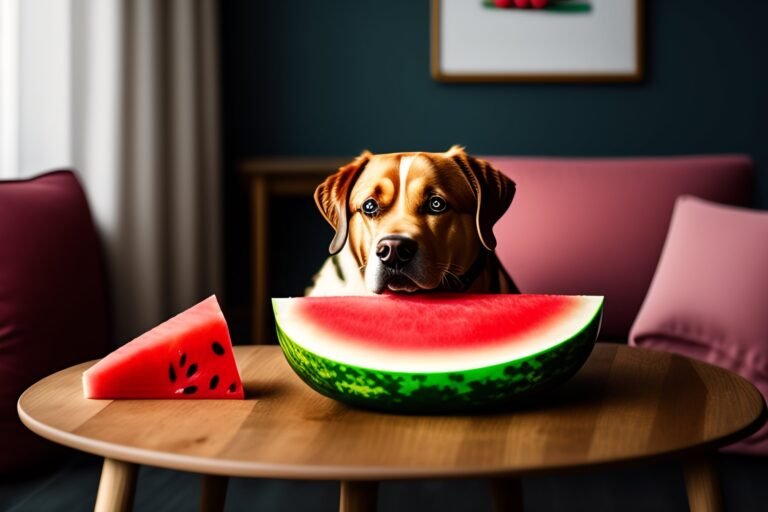Wet Dog Food
Choosing the right wet dog food is key to keeping your pup healthy and energized. Wet foods, also called canned foods, have high moisture content which can add variety to your dog’s diet. They come in easy-to-serve pouches or cans. Wet foods have different ingredients than dry kibble. They often have fresh meats, broths, and gravies as the main ingredients. This gives dogs the protein they need daily from quality animal sources. Wet foods also have fewer carbs than dry foods. The soft texture makes them easier to chew and digest for some dogs. With so many brands and recipes to choose from, it helps to compare labels. Look for ones packed with real meats, veggies, and nutrients right for your dog’s breed, size, and age. Finding the ideal wet foods to mix into their bowl keeps your dog’s taste buds excited and their tail wagging for every meal.
Benefits of Wet Dog Food
Wet dog food has several benefits:
Taste – Wet foods have increased flavor from seasonings and gravies dogs love. This can prevent “bowl boredom” and picky eating.
Texture – The soft, stew-like texture is easier to chew and swallow for puppies, seniors and dogs with dental issues.
Moisture – The high water content helps dogs stay hydrated. This is especially helpful for senior dogs or those prone to urinary tract issues.
Smell – Smellier wet foods appeal to a dog’s keen sense of smell, making them more interested at mealtimes.

Variety – Alternating wet and dry foods gives dogs variety in taste, texture and nutrients.
Fewer Carbs/Fillers – Wet foods often have fewer starchy fillers like corn, wheat and soy. They focus more on high-protein ingredients.
Natural Ingredients – Quality wet foods feature ingredients like fresh meats, broths and veggies perfect for a dog’s carnivorous diet.
Convenience – Wet food pouches are ready to serve and easy for travel or small portions. Cans store easily.
Supplementation – Mixing a spoonful or two of wet into dry kibble can encourage picky eaters. The taste and smell entices them to eat their kibble.
Weight Gain – The higher fat content can help underweight dogs gain healthy weight when recommended by your vet.
As you can see, including wet foods in your dog’s diet provides important benefits for their health, nutrition and happiness at mealtime.
Choosing a Quality Wet Food
With all the wet dog food options on shelves, how do you pick the best one? Here are tips:
Check the First 5 Ingredients – Quality wet foods list an animal-based protein like beef, chicken, turkey etc as the first ingredient. Meat meals as first ingredients are also great.
Avoid Fillers – Look for foods without corn, wheat, soy, by-products, artificial colors or flavors. These offer little nutritional value.
Seek Meat-Rich Recipes – Look for foods featuring fresh chicken, salmon, lamb, beef etc. The type of protein should match your dog’s needs.
Include Fruits/Veggies – Ingredients like carrots, peas, and sweet potatoes provide important vitamins and minerals.
Find Whole Proteins – “Chicken” is better than “chicken by-products.” Whole proteins are more nutritious.
Seek Health Supports – Some wet foods add joint supplements, probiotics etc. Choose ones tailored to your dog’s needs.
Review All Life Stages – Puppy, adult, and senior recipes have nutrients to support that life stage. Pick formulas matching your dog’s age.
Consult Your Vet – Ask your vet for wet food recommendations if your dog has allergies, illnesses or other needs.
Read Reviews – Check reviews on sites like DogFoodAdvisor for feedback on taste, quality, company transparency, and real results.
With high-quality, meat-focused wet food suited for your dog’s age and size, you can ensure their meals are nutritionally sound and delicious.
Transitioning to Wet Foods
Switching your dog fully to wet food or adding some into their diet takes a gradual transition:
-
On day 1, mix a few teaspoons of the new wet food into your dog’s normal dry kibble.
-
Over 2-3 days, slowly increase the ratio of new wet food to old dry food.
-
Half new food, half old food usually works well for a few days.
-
Then do a 3/4 new food, 1/4 old food ratio for 1-2 days.
-
Finally transition fully to 100% new wet food or do the desired wet/dry combo.
Other Tips:
-
Gradually transition over 5-7 days so your dog’s stomach can adjust
-
Keep meal portions the same during the transition to prevent overheating
-
Make sure dogs under 10 lbs eat wet food within 30 mins before it spoils
-
Refrigerate opened cans, use within 2-3 days
-
For puppies, add warm water to canned food to soften it
-
Try different meat recipes to find your dog’s tastes
-
Mixing wet and dry can encourage picky eaters to eat
-
Add water to canned food if your dog seems constipated
-
Canned pumpkin or broths help digestion when switching
With patience and gradual steps, you can get your dog used to new wet foods for a healthy, tasty diet. Monitor their weight and energy levels to see if the switch agrees with them. Have fun finding new favorite recipes together!
Conclusion
Wet dog food can be a nutritious addition to your dog’s bowl. The high moisture content keeps dogs hydrated. Soft textures make it easy to chew and digest. Natural ingredients like meat, veggies, and broth provide the protein and nutrients dogs need. Unique tastes and smells appeal to dogs’ senses. Quality wet foods avoid fillers and focus on whole proteins tailored for your dog’s needs. Gradually transitioning to wet foods or adding some into their dry kibble provides variety at mealtime your pup is sure to enjoy. Check labels and consult your vet to find the perfect wet food recipes. With the right balance of crunchy kibble and tasty, nourishing wet food, you can keep your dog’s tail wagging happily at every meal. Feed them a consistently high-quality diet and your furry friend will reward you with good health, energy and years of loyal companionship.







